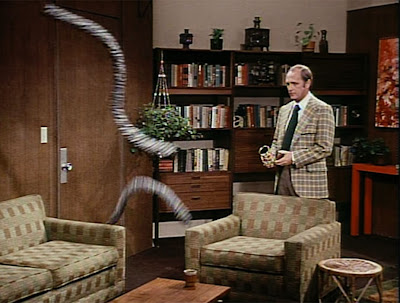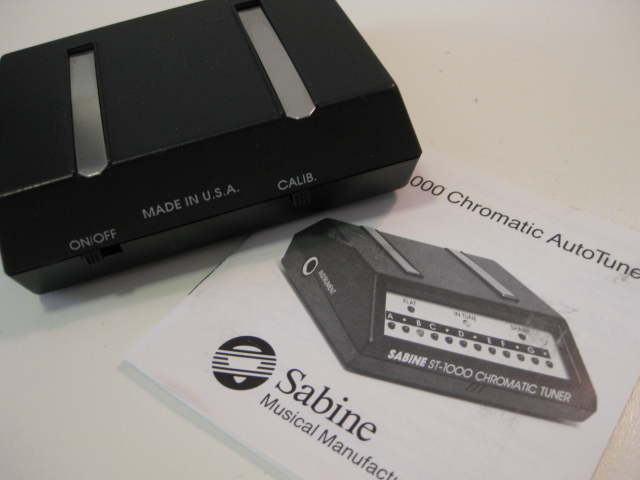mrquincy
Generally Specific
- Since
- Feb 24, 2011
- Messages
- 4,724
- Score
- 75
- Tokens
- 0
If you don't have one, buy yourself a string winder.... it makes the job a lot easier than trying to turn the pegs with your fingers.. They are only a couple bucks and makes the task a lot simpler.







